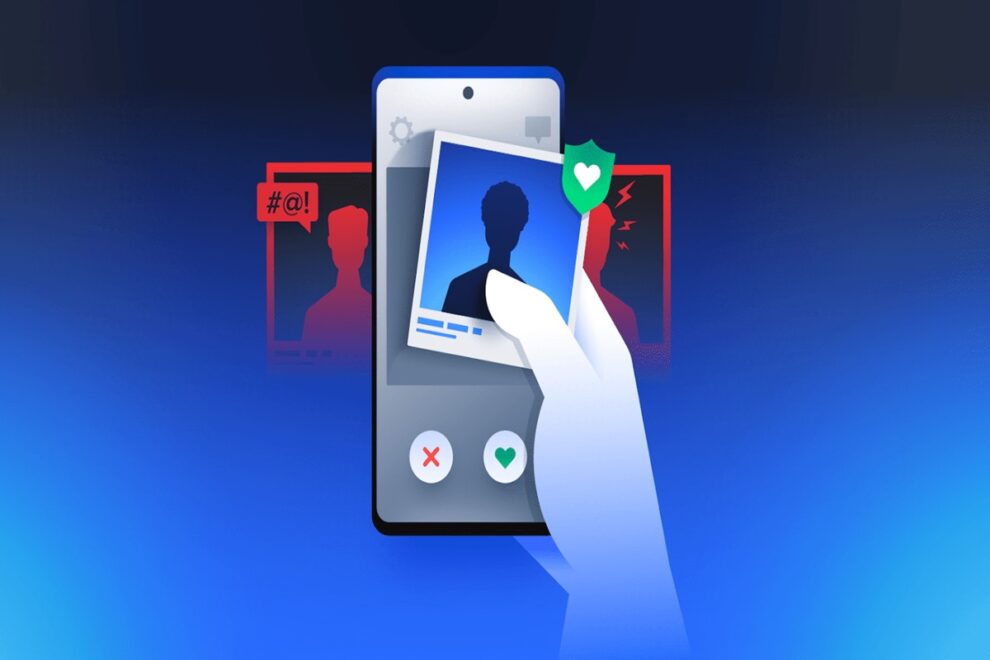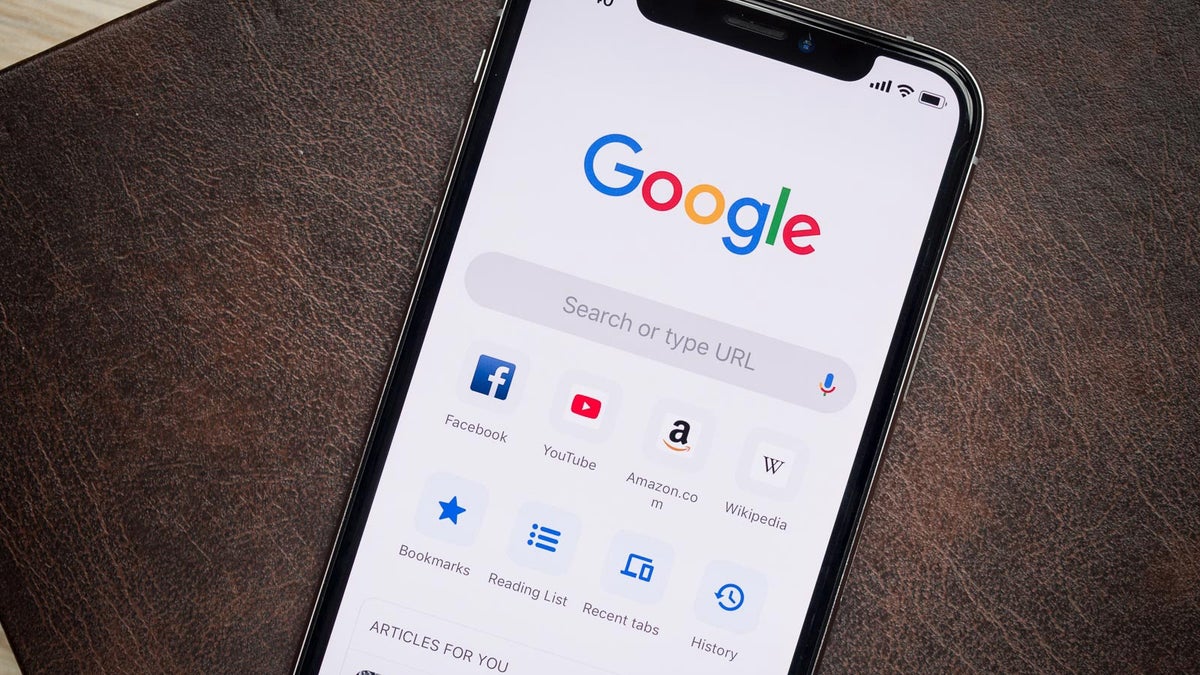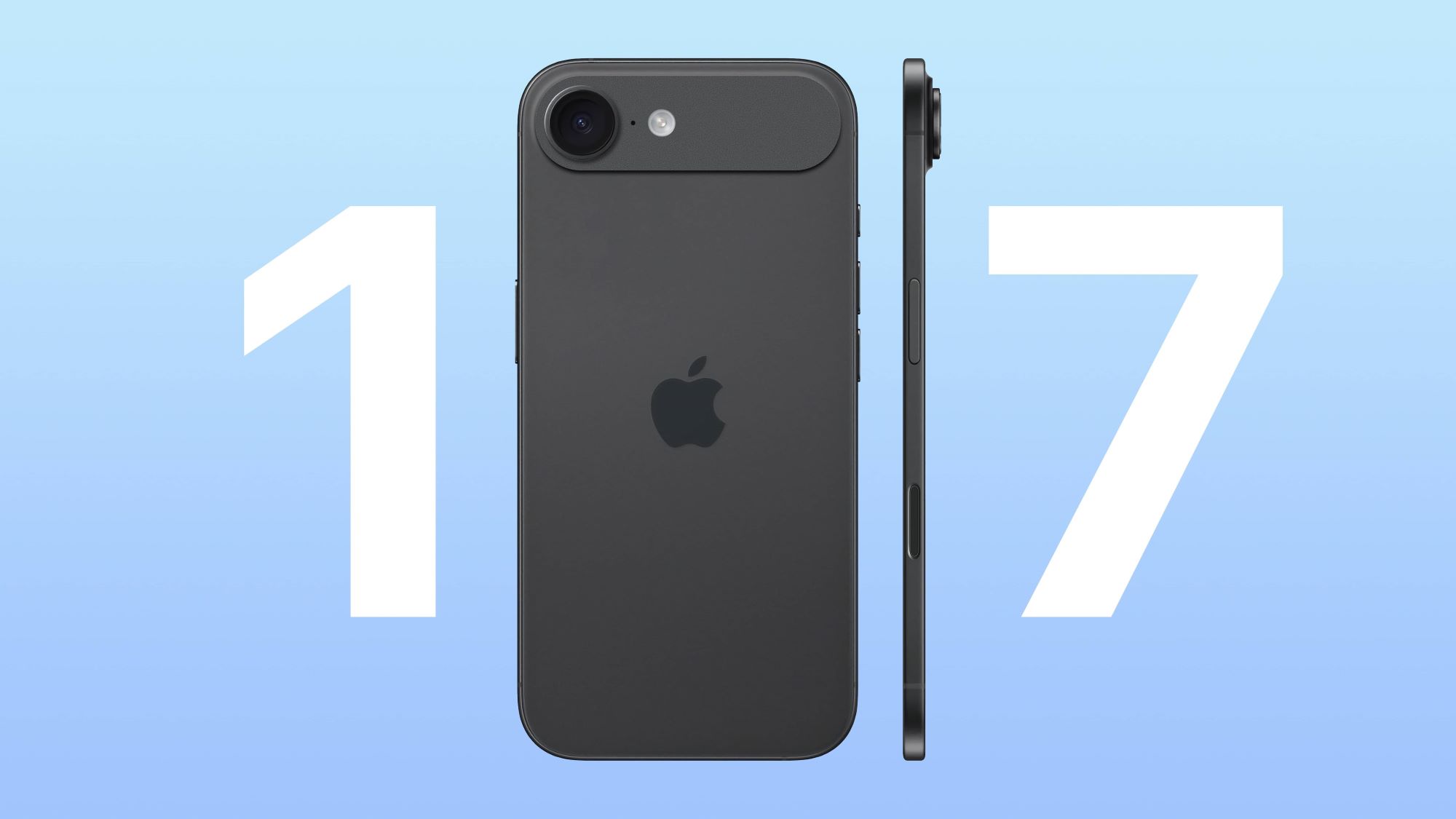Dating applications generate substantial revenue by capitalizing on user loneliness. These platforms employ various strategies to keep users engaged and paying, often exploiting emotional vulnerabilities. This business model relies on prolonged user interaction, not necessarily successful relationships.
Free versions of dating apps often limit user interactions. Users find restrictions on the number of profiles they can view or messages they can send. This limitation pushes users toward paid subscriptions. Paid subscriptions remove these restrictions. They offer features like unlimited swipes, message boosts, and profile visibility enhancements.
App developers use algorithms. These algorithms tailor user experiences. They show users profiles deemed compatible. This system reinforces the idea that a perfect match exists. It keeps users searching. Data shows a correlation between time spent on the app and the likelihood of a paid subscription.
Features like “super likes” and “boosts” create a sense of urgency. These features promise increased visibility. Users pay for these features. They hope to stand out in a crowded digital space. This strategy plays on the fear of missing out.
Some apps use gamification. They incorporate elements like daily rewards and profile badges. This encourages regular use. Users receive small rewards. This maintains engagement. They spend more time on the app.
Psychological tactics are used. Apps send notifications. These notifications suggest potential matches. These notifications create a sense of anticipation. They prompt users to open the app.
Data from app analytics companies reveal patterns. Users spend more time on dating apps when they feel lonely. This data informs app developers. They refine strategies to maintain engagement during periods of vulnerability.
Pricing models are designed to maximize revenue. Subscription tiers offer varying levels of access. Users pay more for premium features. This creates a sense of exclusivity.
Studies published in journals on digital psychology indicate a link between social media and dating app use and feelings of isolation. Prolonged use does not always translate to successful relationships. This creates a cycle. Users return to the app.
App developers use data analysis. They track user behavior. They identify patterns of engagement. This data informs feature development. It also influences marketing strategies.
User testimonials and success stories are used in marketing campaigns. These stories create a sense of hope. They encourage new users to join. They also encourage existing users to remain active.
The business model of dating apps focuses on user retention. Users are encouraged to stay on the platform. This happens even if they do not find a long term partner.
Financial reports from major dating app companies show consistent revenue growth. This growth is driven by subscription services and in app purchases. This data shows the profitability of the business model.
User reviews and online forums contain discussions about the impact of dating apps on mental health. Many users report feelings of frustration and disappointment. They also discuss the financial burden of paid subscriptions.
Some apps offer coaching services. These services claim to improve dating success. Users pay for this advice. This further monetizes the user experience.
Dating app companies invest in marketing. They use social media campaigns. They also use influencer partnerships. This increases brand awareness. It also brings in new users.
Data privacy is a concern. Apps collect user data. This data includes personal information and usage patterns. This data is used for targeted advertising and algorithm refinement.
The focus on paid features creates a barrier. Users with limited financial resources have restricted access. This creates an uneven playing field.
App updates introduce new features. These features aim to improve user experience. They also aim to increase engagement. This keeps users on the app.
The psychology of scarcity is used. Limited time offers and exclusive features create a sense of urgency. Users are more likely to pay.
Dating app companies do not release detailed data on user success rates. This lack of transparency makes it difficult to assess the effectiveness of the platforms.
User interface design is optimized for engagement. Simple and intuitive interfaces encourage prolonged use. This reduces friction. It makes it easier for users to spend time on the app.
The business model relies on a constant influx of new users. Marketing efforts target younger demographics. This ensures a steady stream of revenue.




